The main campus at the University of Sydney will shine with the light of the galaxies, Aboriginal art and human cells for this year’s Vivid Sydney festival from May 22 to June 8.
It’s the second time the university has participated in the annual light festival and this year it will feature work by students from three Sydney University faculties, and Eora TAFE.
The project, InterCellular, revolves around light emanating from galaxies, Indigenous astronomy and cells present in a human body. The display is a collaboration that crosses the disciplines of medicine, music and architecture, involving Indigenous students from Eora TAFE.
The music soundtracks were created by students from the Sydney Conservatorium of Music under the guidance of Dr Ivan Zavada, electronic music specialist.
“Light and sound are intrinsically connected. The InterCellular project provided a wonderful opportunity for students from various faculties to collaborate in this truly multidisciplinary project,” Dr Zavada said.
Dr Caitilin de Berigny, a media artist based in the Design Lab at the University of Sydney who is supervising the project, explained the origins of the theme. “You’ve got the universe which is so vast but at the same time it looks so similar to the cellular images,” she said.
“Aboriginal people had a special relationship with nature and respected it, which made me realize that being the oldest living continuous culture they know most about the universe. That is where the idea of the connection between astronomy and indigenous art came from.
“As a university we are supposed to be working together, and with this project it is great to see that research coming out of medical science can be used to communicate science in a more playful and creative way.”
Alex Elton-Pym, a first year Design Computing student, was delighted to see the similarities in cellular and Aboriginal imagery.
“It was really cool to take real Aboriginal artworks made in a traditional medium and bring them into a piece made through modern technology about modern scientific themes. We felt like we were bringing together the old and the new and most importantly showing the connections between all of these ideas,” he said.
Jonti Groth, another first year Design Computing student involved in the project, said the emphasis of the project was on allowing students to develop their own creative thinking.
“We are only being guided to play with the images of cells and draw equally from all the faculties involved, thus giving us room to explore. It’s great to see how the Medical Science students are interested in moving out of seeing the cells as just cells and try understanding how the Design Computing and Aboriginal art students see them.”
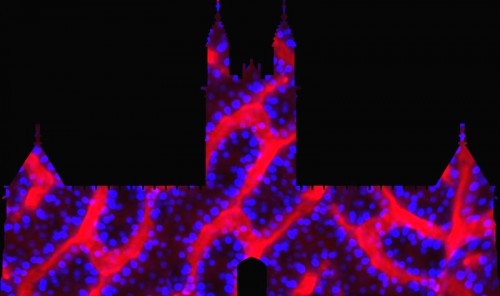 But eventually it is the Design Computing students who have the pivotal role of putting everything together.
But eventually it is the Design Computing students who have the pivotal role of putting everything together.
“In the end, we have control over as much or as little of the work provided by other faculties we make use of which adds some pressure on us,” Groth said, adding that being involved in a project as big as this, he finds himself lucky but also a little overwhelmed.
“First semester at the university and we’re already working on something this big. It’s an opportunity to prove ourselves.”
Chico Monks, a lecturer of Indigenous art at Eora TAFE, holds high expectations of the project and said InterCellular would help people see that Aboriginal art is not stagnant.
“It’s good to see Aboriginal art in a different medium which helps take away from what people are familiar with. It will be like a collage, but we just don’t know the end result until it’s up there.”
Much like the beginning of the vision for the festival itself. Vivid, which started in 2009, is now one of the most anticipated festivals in Australia. The three-week winter festival features massive light installations and projections seen across Sydney’s iconic buildings.
This year the festival is expected to be bigger with 2015 also being observed as the International Year of Light by the United Nations to raise awareness of light science.

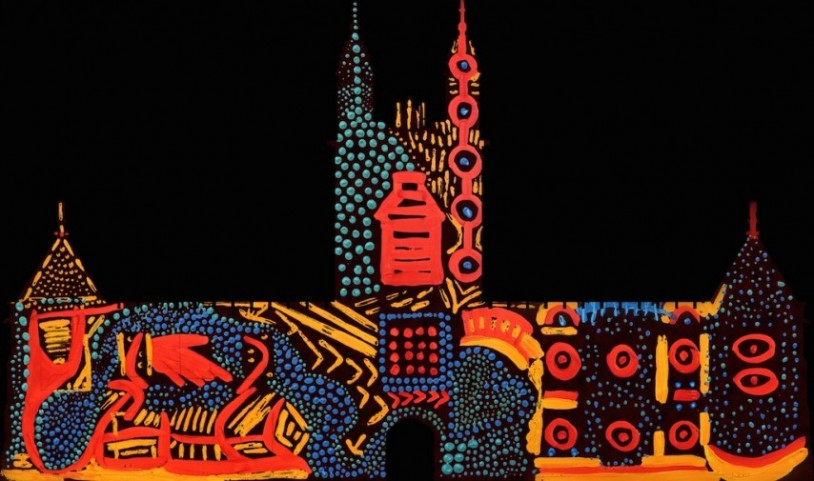
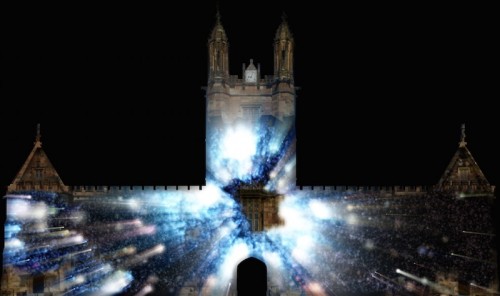


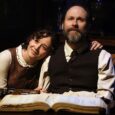
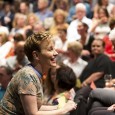
Beautifully depicted, carried me into the lights and Aboriginal Art whilst reading through the article. Ancestors / Aboriginese and other tribals have always and even today maintain a very close relationship with nature wherein light is life hence a very significant endeavour in the year of the Light.